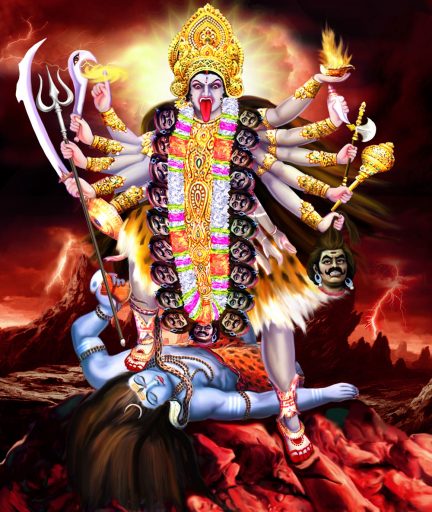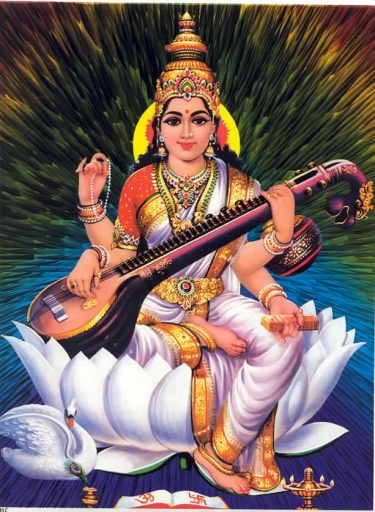Gupt Navratri in Feb 2013 is going to be celebrated from 11th of February to 19th February. Mainly, Ashadh Navratri is considered as Gupta Navratri, but Magh Navratri is also the part of Gupt Navratri. Magh Navratri is celebrated during the Shukla Paksha of Magh month.

Jai Maa Kali
Gupt Navratri in 2013, like always, is all about Tantric Pujan. It is the hidden one and not known to everyone. Time of Gupt Navratri is incredibly powerful for fulfilling the desires via Tantric measures. Celebration of Gupt Navratri can easily be seen in the regions of South India. All Navratris are same, just the method of celebration varies. In the time of Gupt Navratri, people follow the path of meditation and spirituality to please the Goddess.
Dates of Magh Gupt Navratri in 2013
- Day 1 – 11 February (Monday) – Pratipada – Maa Shailputri
- Day 2 – 12 February (Tuesday) – Dwitiya – Maa Brahmcharini
- Day 3 – 13 February (Wednesday) – Tritiya – Maa Chandraghanta
- Day 4 – 14 February (Thursday) – Chaturthi – Maa Kushmanda
- Day 5 – 15 February (Friday) – Panchami – Maa Skanda Mata
- Vasant Panchami- Maa Saraswathi
- Day 6 – 16 February (Saturday) – Shashthi – Maa Katyayani
- Day 7 – 17 February (Sunday) – Saptami – Maa Kaal Ratri
- Day 8 – 18 February (Monday) – Ashtami – Maa Maha Gauri
- Day 9 – 19 February (Tuesday) – Navami – Maa Siddhidatri
Vasant Panchami

Maa Sarawathi
Vasant Panchami is the Hindu festival that highlights the coming of spring. This festival is usually celebrated in Magh, which is between the months of January and February in Gregorian calendar. It is celebrated in countries such as India.
The Goddess Saraswathi is the goddess of intellect and learning. She has four hands which symbolize ego, intellect, alertness and the mind. She carries a lotus and scriptures in two of her hands and she plays music on the veena (an instrument similar to a sitar) with her other two hands. She rides on a white swan. Her white dress is a symbol for purity. Her swan signifies that people should have the ability to discern the good from the bad.
The goddess Saraswathi, sitting on a lotus, symbolizes her wisdom. She is also well-versed in the experience of truth. When the goddess is seen sitting on a peacock, it is a reminder that a strong ego can be held back by wisdom.
please send more about this festival.